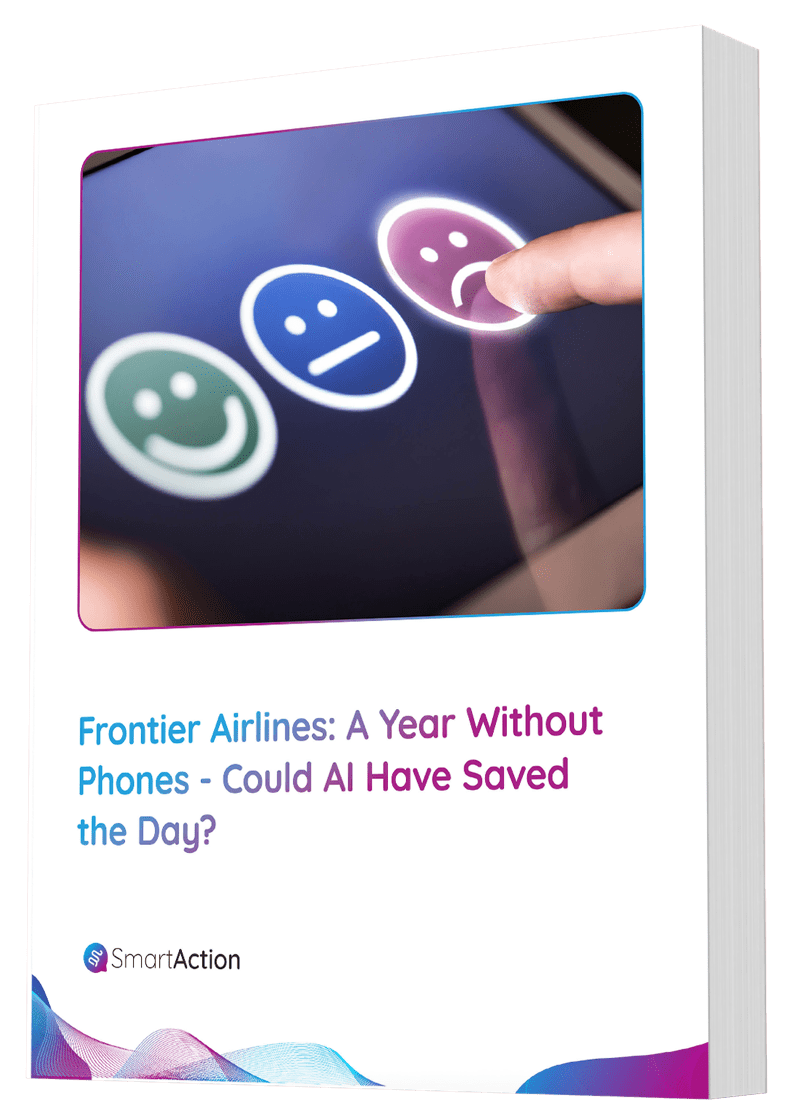Q&A with “Excellence in Self-service Winner” – Frost and Sullivan
Purchasing Power®, a large eCommerce company that enables employers to offer employee purchase programs, recently won the “Excellence in Self-service” award from Frost & Sullivan then followed that up with the Stevie Award for “Best Return on Customer Service Investment.” One year into their AI-powered virtual agent implementation with SmartAction, they took the stage at Customer Contact West to explain how they deflected 25% of call volume via automation, raised NPS by 17%, and achieved their ROI within 3-months.
 SmartAction (SA): Congratulations on the win! Can you share your origin story as to what put you on the path to consider conversational AI self-service?
SmartAction (SA): Congratulations on the win! Can you share your origin story as to what put you on the path to consider conversational AI self-service?
Tiffany Anderson (TA): Sure, we started with a two-fold mandate. First, how do we lower our cost to serve the customer, and second, how do we improve the customer experience? With the maturation of conversational AI, we saw an opportunity for self-service automation to help us reach those objectives.
SA: How did you decide where to start when looking at the fragmented conversational AI landscape?
(TA): From the very beginning, it was clear to us that we wanted to find a partner in this area to act as an extension of our team instead of attempting to build out our own internal team and tackle as a do-it-yourself project.
SA: Why is that?
(TA): I think everyone is beginning to learn that building a bot is easy, but building a good one is hard. And that’s especially true when it comes to the voice channel. It’s not just the design and build of each application, but the ongoing care and feeding to pour through data, iterate and improve over time. This takes expertise across a wide variety of fields. We wanted to partner with someone who’s an expert in this area with proven success.
SA: What is being automated today?
(TA): When a customer calls in, they are greeted conversationally to capture intent in natural language instead of sitting through a lengthy phone tree menu. The SmartAction virtual agent will authenticate the customer then transfer to a live agent or keep within automation depending on the intent. Calls related to order management or account management will stay with the virtual agent where they can self-serve those requests.
SA: Tell us about your process to ensure a successful rollout.
(TA): We took an agile approach following Scrum methodology. Instead of tackling everything at once, we rolled it out one application at a time to a subset of customers to mitigate any risk to our CX. This gave us a great view into how customers interacted with the system. This meant more than just monitoring data and analytics but actually listening to callers.
SA: Once a self-service application goes into production, what does ongoing operation look like?
(TA): We engage our SmartAction CX team on a weekly basis to review data and near-term action items. This can involve any number of things – tweaking conversation flows, A/B testing, finding new data sources, adding intents, and more. While every application for each interaction eventually reaches a point of diminishing returns with each improvement, SmartAction is constantly working with us to find new ways to enhance the customer experience and contain more calls. Ultimately, it’s this process that gets us to a “perfectly trained” virtual agent and reduces the effort for our customers to get the job done.
To read the full case study with Purchasing Power, read here.
See the press release →





